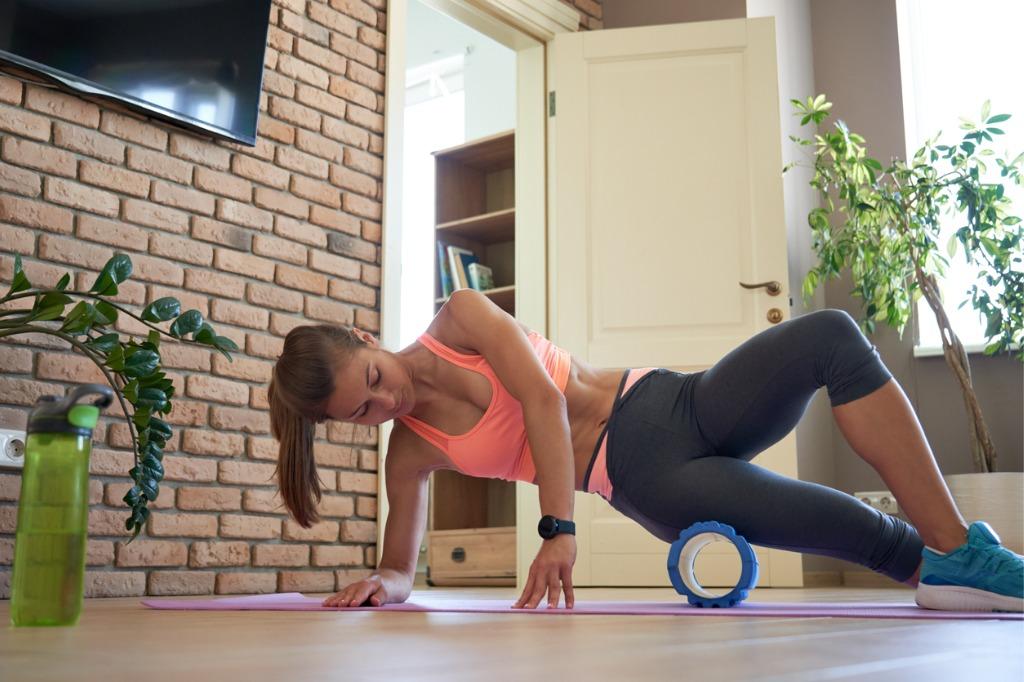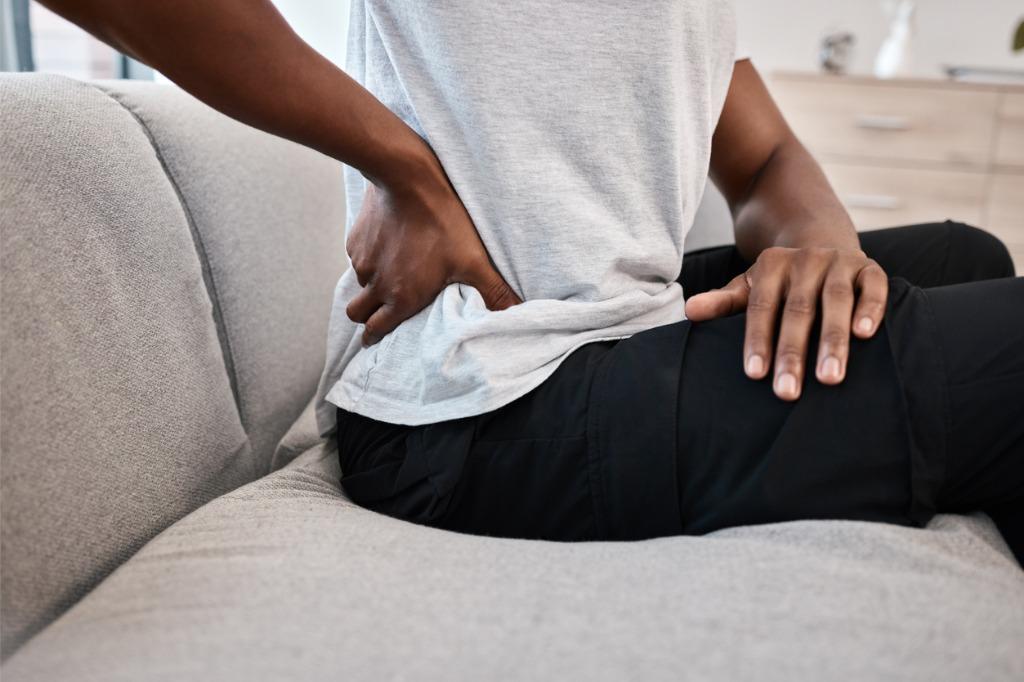Why It’s Important to Prioritize Exercise Recovery

Why It’s Important to Prioritize Exercise Recovery
It’s no secret that exercise is good for you. However, most people overlook the importance of recovery. The truth is, if you don’t take the time to recover properly, you could actually be doing more harm than good. Whether you participate in team sports, CrossFit, or just enjoy working out on your own, here’s why you should make exercise recovery a priority.
What Happens During a Workout
Your muscles go through a lot of stress during a workout, often developing microtears. This might sound bad, but it’s actually a good thing. The tiny tears cause the muscles to repair and grow back stronger than before. However, in order for the muscles to repair properly, they need time to recover.
If you don’t give your muscles the time they need to recover, you could end up sidelined with an injury that could take weeks or even months to heal.
Not only that, but you won’t be able to see the results of your hard work. All that time spent working out will go to waste if you don’t give your body the chance to recover properly.
How to Recover After a Workout
How you recover after a workout is up to you. While is no one-size-fits-all approach, there are some general things you can do to help your body recover.
Cool Down Properly
One of the most important things you can do after a workout is cool down. Cooling down helps to avoid any sudden changes in blood pressure which could lead to dizziness or fainting. A proper cool down also helps your muscles to slowly return to their resting state rather than going from full-blown activity to complete rest.
To cool down properly, start by doing a few easy laps or slow movements. For example, if you were running, you would transition into a slow jog and then into a walk for a few minutes.
Practice Static Stretches
Following your cool down, practice some static stretches that are specific to the exercises you did during your workout. For example, if you did a lot of squats, you would want to stretch out your quads and hamstrings.
Static stretches are different from dynamic (or ballistic) stretches in that they are meant to be done slowly and without any bouncing or momentum. Hold each position for 30 seconds or more, but listen to your body and don’t push yourself too hard.
Foam Rolling
Foam rolling is a type of self-massage that can help to improve blood circulation and reduce inflammation. It’s often used as a way to prevent or treat injuries, but it can also be used as part of a recovery routine.
To foam roll, simply lie down on the ground with a foam roller placed under your muscles. For example, if you want to roll out your quads, position the foam roller under your thighs. Use your arms and legs to slowly move your body forward and backward over the roller.
If you come across a particularly sensitive spot, stop and hold the roller in place for 20 to 30 seconds. You may feel some discomfort, but it shouldn’t be unbearable.
Get Plenty of Sleep
Sleep is an essential part of recovery from both the physical and mental stressors of everyday life. When you sleep, your body is able to repair damaged cells and tissues. Not to mention, it’s during deep sleep that your body releases hormones that help to build muscle.
Most people need around seven to eight hours of sleep per night. However, if you’re training for a marathon or another type of endurance event, you may need even more.
In addition to getting enough sleep, you should also focus on quality sleep. This means sleeping in a cool, dark room and avoiding screens (including your phone, TV, and laptop) for at least an hour before bed.
Eat a Healthy Diet
You can’t out-exercise a bad diet. If you want to see results from your workouts, you need to fuel your body with the right foods.
A healthy diet for exercise recovery includes plenty of protein and carbohydrates. Protein helps to repair damaged cells and tissues, while carbs give your body the energy it needs to recover.
Good sources of protein include lean meats, fish, eggs, and dairy. For carbs, opt for healthy grains like quinoa, oats, and brown rice.
In addition to protein and carbs, you should also make sure to get plenty of fruits, vegetables, and healthy fats. These nutrients are essential for overall health and will help your body to recover from workouts more effectively.
Give Muscles Groups a Break
Even if you’re not sore, it’s important to give your muscles a break between workouts. This is because it takes time for your muscles to repair and grow stronger.
If you work the same muscle group two days in a row, you’re more likely to experience stiffness, soreness, and even injury. So, be sure to mix up your workouts and give each muscle group at least one day of rest.
Keep Life in Motion
Recovery is an important part of any exercise routine. By taking the time to cool down, stretch, foam roll, and get plenty of sleep, you can help your body to recover more effectively. If you need a bit of extra help, the orthopedic surgeons and sports medicine specialists at Motion Orthopaedics are here for you.
We offer a variety of services designed to prevent and treat pain and injuries related to physical activity. Contact us to schedule an appointment.




